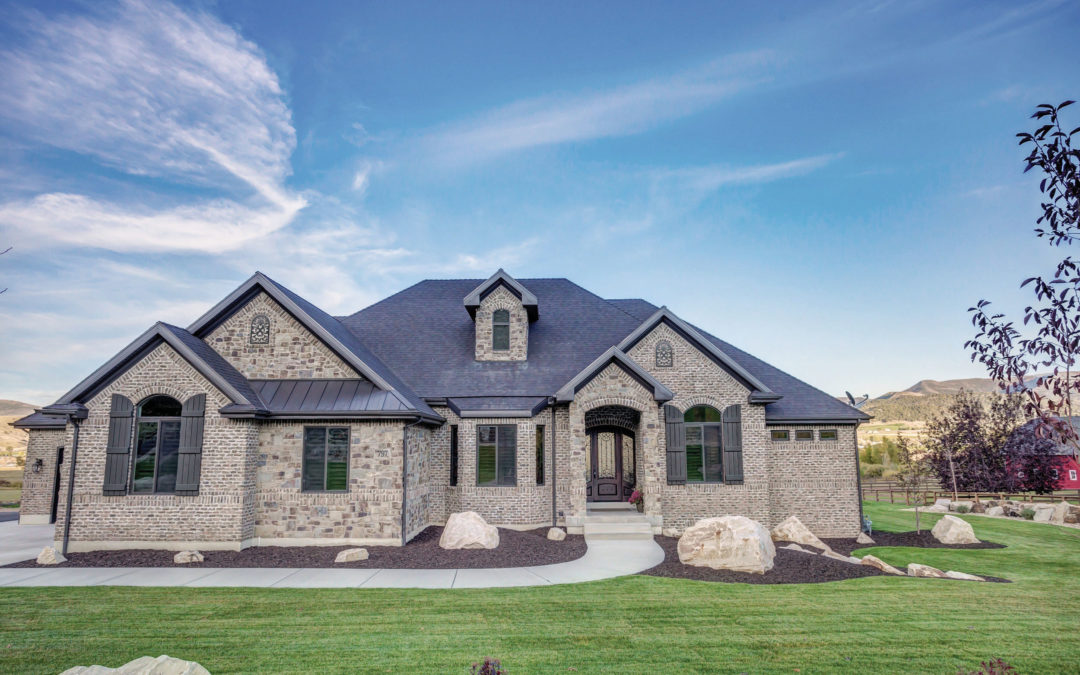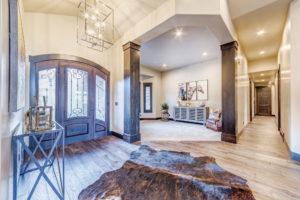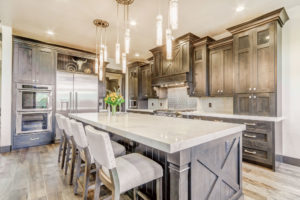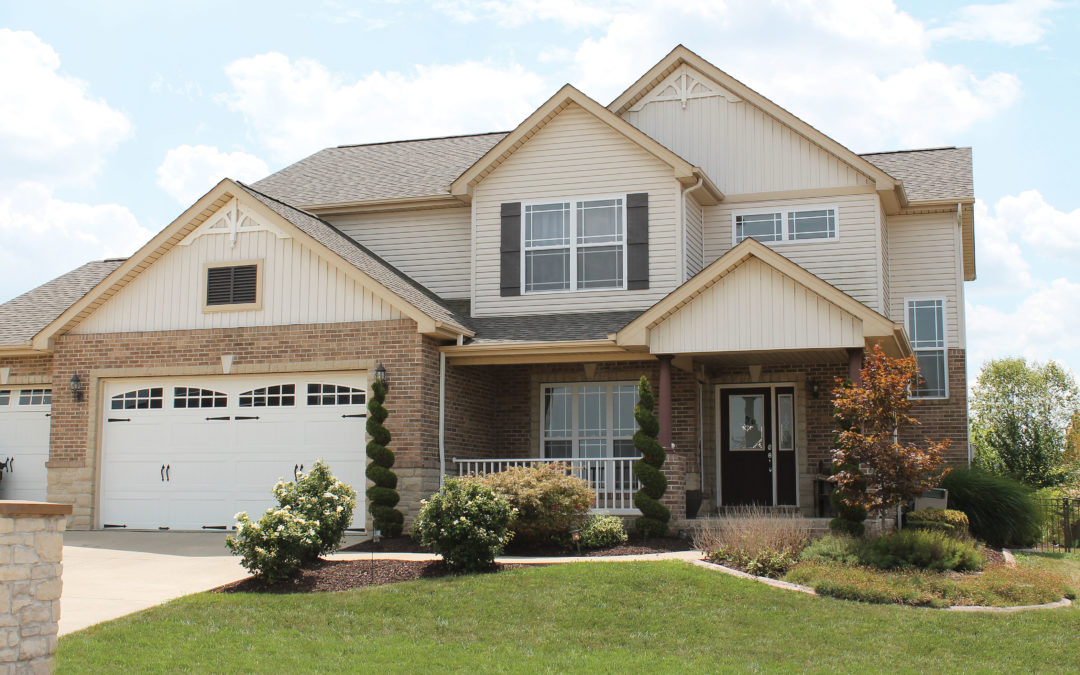
Surviving a Downturn
How Veteran Home Builders Survived the Great Recession
They’ve seen it all, 18% mortgage interest rates in the early 80s; a bottoming out of the market in 1993; the record prolonged upturn that lasted until 2007; the Great Recession of 2008-2013; and, the current “strong demand meets sticker shock” until the COVID-19 pandemic threw everything into confusion for the housing market. How did these veteran builders survive? We asked builders what advice they would give newer contractors who want to make home building their lifetime career:
Kimberley Development, Des Moines, IA
 The housing recession was really challenging. Kimberley owned a lot of ground that was purchased by putting 30% down with the balance financed through bank loans. When land values sank, those land loans became non-conforming and banks were being pressured for all real estate loans to be conforming. The banks could have foreclosed on those loans, but Kimberley was never leveraged to the max. Over the years he had built and managed some commercial property with a steady income, had stellar credit, and had never been late on a payment. Kimberley was straightforward with his banks and even had to negotiate a little more aggressively, eventually working everything out.
The housing recession was really challenging. Kimberley owned a lot of ground that was purchased by putting 30% down with the balance financed through bank loans. When land values sank, those land loans became non-conforming and banks were being pressured for all real estate loans to be conforming. The banks could have foreclosed on those loans, but Kimberley was never leveraged to the max. Over the years he had built and managed some commercial property with a steady income, had stellar credit, and had never been late on a payment. Kimberley was straightforward with his banks and even had to negotiate a little more aggressively, eventually working everything out.
Mark Kiester
Unique Homes, Des Moines, IA
Kiester’s schooling centered around being a commercial artist, and he has the ability to “see” the finished product in his mind – a definite asset in home building. He spent 16 years in car dealerships prior to getting into home building (10 of those years as general manager of a dealership). That experience managing others really helped him in managing his team at Unique Homes, including his sub-contractors and vendors. One of the reasons for his company’s success – and survival – was participating in 13 of their local Parade of Homes events. The public exposure to his homes always led to additional sales.
Kiester’s advice to young builders:
- Do not leverage yourself too deep.
- Find another builder willing to mentor you.
- Remember, you are only as good as the people who work for you!
Tyrone Leslie
Heritage Homes, Fargo, ND
“We were steadfast. We didn’t pull back on our marketing or our standards. In fact, we opened three new model homes and staffed them 6 days a week. You can’t let fear lead you. We got everybody on board, focused on our values, and kept all of our staff.”
Chris Jones
C.A. Jones, Inc., Columbia, IL
Jones had always worked with local banks; he knew the bankers and they knew him. They shopped the same stores and ate at the same restaurants. His bankers believed the housing recession wouldn’t last forever. The banks held the collateral, and whatever the collateral produced, they got, which was better for the bank than foreclosing on the lots at a loss. Some of the loans Jones would have to re-write every 3-6 months as opposed to 5-year loans. His personal reputation and dedication to the company’s financial obligations carried them through and they are reaping the benefit today. Still, he would lie in bed at night with thoughts of bankruptcy.
Jones sold off heavy equipment including excavators, bulldozers, and tractors. He borrowed from his personal 401K and had to pay a penalty for early withdrawal when he defaulted on that loan to himself. He had to let many very good employees go and went back to being one of his own construction staff. Jones even did his own marketing by personally hanging flyers in storefronts and on bulletin boards throughout his market. And, Jones placed a large sandwich-board sign in the back of his pickup truck advertising his two developments as he drove around.
Robert Foushee
Robert Foushee Homes, Inc., Independence, MO
 Foushee’s bank was taking in homes being abandoned by other builders in the market and hired him to finish them up so the bank could put them up for sale. The bank also had repossessed some completed homes that needed work and hired Foushee to do the needed repairs. That business, along with 2 to 3 custom homes each year, got him through the downturn. At the onset of the downturn, Foushee was already nervous and early on sold his spec homes and the lots he owned, even taking losses, to get them off his books. Four years later, as the market began to recover, he was able to buy back some of those same lots he had sold, at a significant discount. About that same time, he purchased a 31-lot subdivision for about 25 cents on the dollar, on which he built affordable homes that sold quickly at a reasonable profit.
Foushee’s bank was taking in homes being abandoned by other builders in the market and hired him to finish them up so the bank could put them up for sale. The bank also had repossessed some completed homes that needed work and hired Foushee to do the needed repairs. That business, along with 2 to 3 custom homes each year, got him through the downturn. At the onset of the downturn, Foushee was already nervous and early on sold his spec homes and the lots he owned, even taking losses, to get them off his books. Four years later, as the market began to recover, he was able to buy back some of those same lots he had sold, at a significant discount. About that same time, he purchased a 31-lot subdivision for about 25 cents on the dollar, on which he built affordable homes that sold quickly at a reasonable profit.
Frank Morin
Accent Homes, Inc., Gary, IN
“Keep debt low, even in the good times. Maintain a healthy balance sheet. Always be alert to changing conditions. And, don’t wait to cut expenses if the market weakens. Similarly, don’t be too cautious, or the recovery will leave you behind.”
Morin brought sales in-house and at the same time, worked harder at reaching out to and personally cultivating relationships with real estate agents who were well-versed at selling new construction. Accent Homes also became more flexible with plan customization, which provided better customer service and led to more sales.
Ann Arbor Builders, Inc., Ann Arbor, MI
Michigan was severely hit by the housing recession. De Parry had to make some hard decisions. He sold off some assets, including a SkyTrak crane. His framers formed their own company, and he still uses that company today. De Parry had a subdivision loan that he had to re-negotiate. Fortunately, many of his clients (University of Michigan, doctors, and other professionals) were not as impacted by the economic downturn, and in fact, reasoned that they could (and did!) get a better deal building a custom home at that time. His company also rehabs older commercial buildings; combined with the custom homes, they made it through.
Thank you to these builders for sharing their stories and offering their advice!
Find more Builder Advice by Clicking Here.
- Marketing Products & Services
- Builder-Centric℠ Program
- Woman-Centric Matters!® Program
- Thoughtful Design Amenities
- Builder Success Stories – learn how other builders are successful through home design, marketing, and sales!
Contact us today to learn more: 800.947.7526

 Nestled between the Wasatch Mountain Range to the east and the Great Salt Lake to the west, and stretching from Salt Lake City north to Ogden, Utah, Flint Custom Homes builds homes on some of the most picturesque homesites anywhere in the country. This area, known as the Wasatch Front, is home to 80% of Utah’s growing population and has attracted numerous production home builders, whose viability depends on volume of homes built. With a graduate degree in accounting, owner Steve Flint recognized a different business model could work—delivering one-of-a-kind custom homes to home buyers who would not be satisfied with tract housing. According to Flint, “We rarely build the same home twice.”
Nestled between the Wasatch Mountain Range to the east and the Great Salt Lake to the west, and stretching from Salt Lake City north to Ogden, Utah, Flint Custom Homes builds homes on some of the most picturesque homesites anywhere in the country. This area, known as the Wasatch Front, is home to 80% of Utah’s growing population and has attracted numerous production home builders, whose viability depends on volume of homes built. With a graduate degree in accounting, owner Steve Flint recognized a different business model could work—delivering one-of-a-kind custom homes to home buyers who would not be satisfied with tract housing. According to Flint, “We rarely build the same home twice.” The team of Steve Flint and Michelle Blain introduced a Woman-Centric approach to home building along the Wasatch Front. Flint remarked, “Men don’t think like ladies. For example, our sub-contractors are guys and our women clients appreciate a strong female voice that can direct the subs.” Flint Custom Homes embraced Design Basics’ Woman-Centric Matters!® program, which provides keen insights into women’s preferences in the home. “I talk with every one of our clients about our Woman-Centric approach, and our buyers ‘get it,’” said Blain. “For example, I introduce the drop zone idea with its storage and convenience when coming in from the garage, explaining to our prospective buyers that they already have one, but it’s probably their kitchen island!”
The team of Steve Flint and Michelle Blain introduced a Woman-Centric approach to home building along the Wasatch Front. Flint remarked, “Men don’t think like ladies. For example, our sub-contractors are guys and our women clients appreciate a strong female voice that can direct the subs.” Flint Custom Homes embraced Design Basics’ Woman-Centric Matters!® program, which provides keen insights into women’s preferences in the home. “I talk with every one of our clients about our Woman-Centric approach, and our buyers ‘get it,’” said Blain. “For example, I introduce the drop zone idea with its storage and convenience when coming in from the garage, explaining to our prospective buyers that they already have one, but it’s probably their kitchen island!”
 Chris Jones founded C.A. Jones Inc., in 1995, building new homes in the St. Louis metro east area, primarily in Madison, Monroe, and St. Clair counties on the Illinois side. Through a combination of hard work, customer focus, and superb value, C.A. Jones grew to building 80 homes a year; then, the housing recession hit.
Chris Jones founded C.A. Jones Inc., in 1995, building new homes in the St. Louis metro east area, primarily in Madison, Monroe, and St. Clair counties on the Illinois side. Through a combination of hard work, customer focus, and superb value, C.A. Jones grew to building 80 homes a year; then, the housing recession hit.